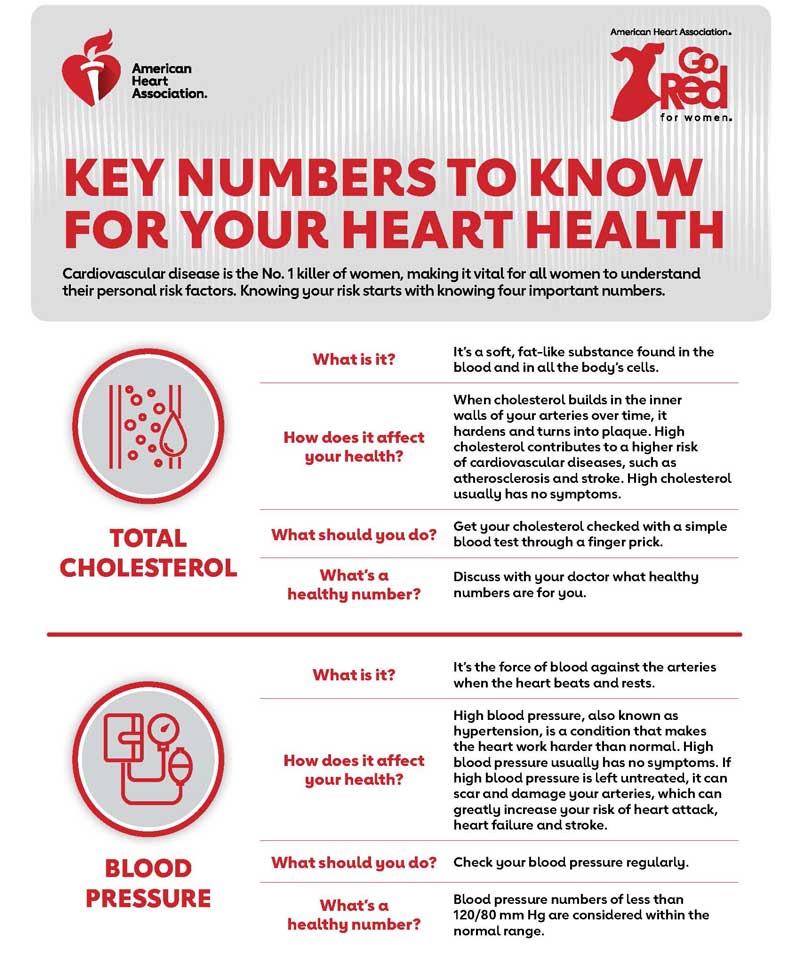By Sharon Lewis
Based on my research, heart disease has been the leading cause of death for more than one hundred years.
It not only causes death and disability, but places a significant burden on the medical system in the United States and worldwide. Heart disease is the leading cause of death, yet it is preventable.
There are many types of heart disease: congenital (conditions that people are born with), structural defects, valve malfunctions, issues that affect the heart’s ability to conduct its electrical signal (beat), and the list goes on.
Coronary Artery Disease (CAD) is the most common type of heart disease in the United States. The Cleveland Clinic defines CAD as narrowing or blockages occurring in the coronary arteries. This condition is known as Atherosclerosis.
Fatty deposits (called plaque) or cholesterol build up on the inner walls of the arteries, which causes narrowing. As a result blood flow is restricted to the heart muscle. Without an adequate blood supply, the heart becomes starved of oxygen and nutrients causing a condition called Angina, which is chest pain.Ultimately, decreased blood flow to the heart can cause a heart attack.
We tend to think of heart disease as a condition of old age, but it actually begins in the first decade of life, before our teen years. If you grow up consuming too much fat and cholesterol, the walls of your arteries begin to accumulate streaks of fat.
If poor nutritional habits continue, they cause slight injuries to the interior vessel walls. These constant assaults allow damage to accumulate over time, causing plaque to form. Plaque consists of inflammatory cells, cellular waste products, and calcium.
Symptoms of Heart Disease
According to the Centers for Disease Control and Prevention (CDC), heart disease is often “silent” and not diagnosed until a person experiences the signs or symptoms of a heart attack, heart failure, or arrhythmias (irregular heartbeat.)
· Heart attacks are characterized by chest pain, discomfort in the upper back and/or neck, indigestion, heartburn, nausea, vomiting, extreme fatigue, upper body discomfort, dizziness, and shortness of breath.
· Symptoms of heart failure are shortness of breath, fatigue, swelling of the feet, ankles, legs, abdomen, or neck veins.
· Arrhythmias are experienced as fluttering sensations in the chest called palpitations.
Causes of CAD
Factors that contribute to CAD include:
- · Diabetes
- · Being overweight or obese
- · Unhealthy diet
- · Being physically inactive
- · Excessive alcohol use
Heart Disease in the United States
· One person dies every 36 seconds from cardiovascular disease. Heart disease cost the United States $363 billion in 2016 and 2017. This includes the cost of health care, medicine, and lost productivity. CAD is the most common – killing 360,900 people in 2019.
Heart Attacks
· In the United States 805,000 people have a heart attack. Of these:
o 605,000 are first time heart attacks
o 200,000 happen to people who have already had a heart attack.
o About 1 in 5 heart attacks are silent – the heart is damaged, but the person is not aware of it.
Deaths from Heart Disease
Being an African American woman, I was surprised by the statistics from the CDC. I fully expected that African Americans would have the highest heart disease deaths due to health disparities. However, we actually closely trail the White, non-Hispanic population, who statistically have the highest death rate from heart disease. I was even more surprised to find out that for women from the Pacific Islands, Asian Americans, American Indian, Alaska Native, and Hispanic women, heart disease is second only to deaths from cancer.
Race and Ethnic Group Death% Men% Women%
American Indian or Alaska Native 18.3 19.4 17.0
Asian American or Pacific Islander 21.4 22.9 19.9
Black (non-Hispanic) 23.5 23.9 23.1
White (non-Hispanic) 23.7 24.9 22.5
Hispanic 20.3 20.6 19.9
All 23.4 24.4 22.3
(CDC)
Despite these alarming facts and figures the incidence of heart disease has steadily declined. “In the first 60 years of the 20th century, there was a remarkable transformation in health and lifespan in the US and other industrialized countries.
In 1900, life expectancy in the US was 46.3 years for men, 48.3 for women, and only 33 for Blacks.
Infectious diseases such as pneumonia, influenza, tuberculosis, and gastroenteritis were the leading causes of death and collectively accounted for more than twice as many deaths as heart disease and stroke.
By 1960, improvements in sanitation, vaccines, and antibiotics had brought about dramatic declines in infectious disease mortality, resulting in life expectancy increasing to 69.7 years. Heart disease, cancer, and stroke replaced infectious diseases as the leading causes of death.”





